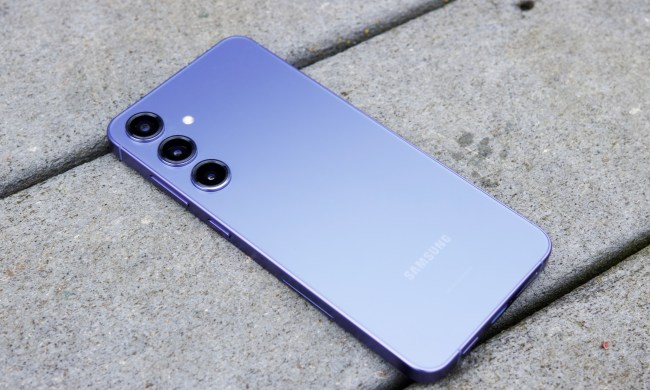Aware of publishers’ increasing anxiety, Adblock Plus on Tuesday unveiled a plan to let its users tip the sites they visit most, allowing creators to recoup some of that lost revenue.
The bold claim is that the service will ultimately “revolutionize Web monetization” via a new ad-less funding model that Adblock Plus wants to help build.
The company has partnered with content-funding outfit Flattr to create its tipping product, which it’s calling Flattr Plus.
How it works
Those who sign up can decide how much to contribute on a monthly basis for their ad-free experience, and the Flattr Plus algorithm will divide the money among the websites engaged with the most, Adblock Plus said in a post explaining the system.
Simplicity is also a key element: “You don’t have to push any buttons, enter any bank info, decide to fund this article and not that one – nothing. You just surf like normal.”
As for publishers, they need to spend just “five minutes” signing up to Flattr Plus, and then – though it may take some considerable time to gain traction – wait for the money to roll in.
Adblock Plus and Flattr will take a 10 percent cut of all contributions, with the rest going to publishers, according to the Wall Street Journal.
The service will roll out in beta later this month, with a full launch planned toward the end of the year.
Ad blockers have risen in popularity thanks partly to Apple’s decision in 2015 to start allowing ad-blocking apps with the launch of iOS 9. The Google Play Store made a similar change at around the same time, while Samsung green-lighted ad blockers in February for users of its pre-installed Android browser.
Besides offering users a cleaner browsing experience, ad blockers help to cut page loading times and data usage, and also reduce the chances of hitting a dodgy link that could lead to malware landing on your computer or mobile device.
Adblock Plus says its goal for next year is to raise a half billion dollars for content creators. Of course, this depends entirely on you, the Web user. Ads continue to generate billions of dollars in global revenue every year, so for this system to work, a huge number of users will need to dig into their pockets. What do you think of Adblock Plus’s idea? Will you be signing up? Sound off in the comments below.


